Archives
- 2025-12
- 2025-11
- 2025-10
- 2025-09
- 2025-03
- 2025-02
- 2025-01
- 2024-12
- 2024-11
- 2024-10
- 2024-09
- 2024-08
- 2024-07
- 2024-06
- 2024-05
- 2024-04
- 2024-03
- 2024-02
- 2024-01
- 2023-12
- 2023-11
- 2023-10
- 2023-09
- 2023-08
- 2023-07
- 2023-06
- 2023-05
- 2023-04
- 2023-03
- 2023-02
- 2023-01
- 2022-12
- 2022-11
- 2022-10
- 2022-09
- 2022-08
- 2022-07
- 2022-06
- 2022-05
- 2022-04
- 2022-03
- 2022-02
- 2022-01
- 2021-12
- 2021-11
- 2021-10
- 2021-09
- 2021-08
- 2021-07
- 2021-06
- 2021-05
- 2021-04
- 2021-03
- 2021-02
- 2021-01
- 2020-12
- 2020-11
- 2020-10
- 2020-09
- 2020-08
- 2020-07
- 2020-06
- 2020-05
- 2020-04
- 2020-03
- 2020-02
- 2020-01
- 2019-12
- 2019-11
- 2019-10
- 2019-09
- 2019-08
- 2019-07
- 2019-06
- 2019-05
- 2019-04
- 2018-11
- 2018-10
- 2018-07
-
One possible explanation for differences in the binding abil
2020-03-21
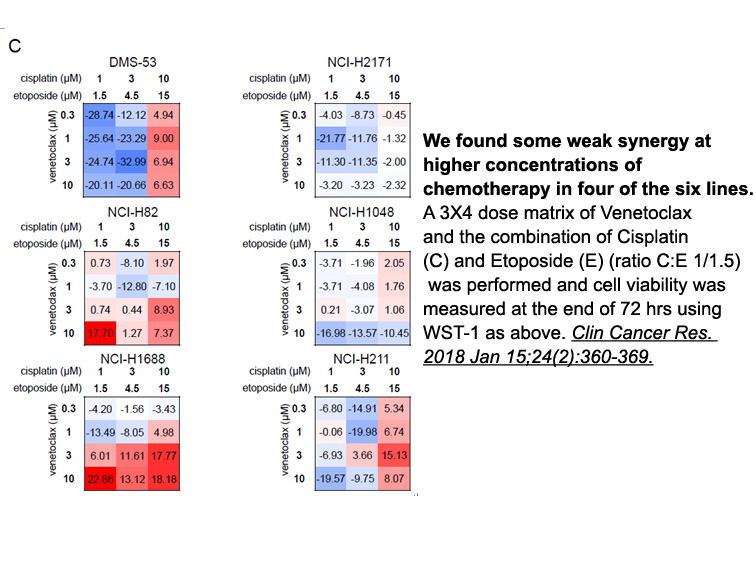
One possible explanation for differences in the binding ability of monomeric versus dimeric forms of DDR2 ECD to collagen could be that the monomeric form only binds to the primary GVMGFO site, whereas dimeric (and oligomeric) DDR2 ECD binds to additional sites on the collagen triple-helical molecul
-
br Chagas disease Chagas disease an NTD caused by
2020-03-21
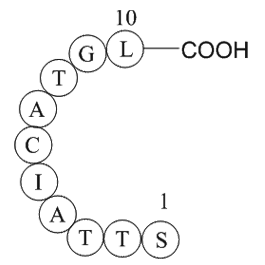
Chagas disease Chagas disease, an NTD caused by the protozoan Trypanosoma cruzi, affects 8–10 million people globally. More than 10,000 deaths are caused by the disease each year, and nearly 70 million people are susceptible to infection (Manne-Goehler, Umeh, Montgomery, & Wirtz, 2016). Chagas di
-
br Role of cysLT signaling on various neurological complicat
2020-03-21
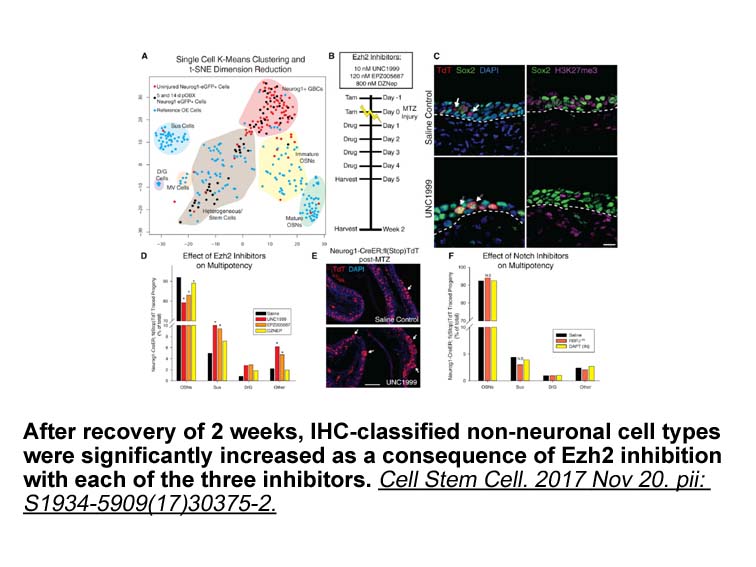
Role of cysLT signaling on various neurological complications which are associated with Alzheimer’s disease Alzheimer’s disease, first described in 1906 by Alois Alzheimer, is a neurodegenerative disease and a very common cause of dementia progressively leading to death. Even though years of rese
-
br Introduction Alzheimer s disease AD is the progressive
2020-03-21
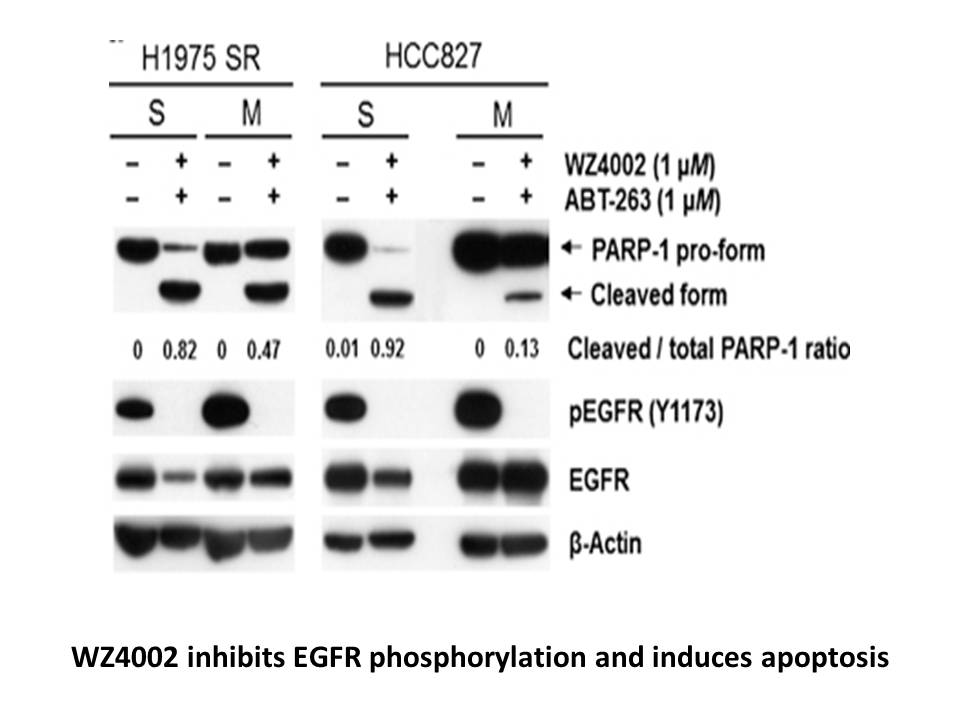
Introduction Alzheimer’s disease (AD) is the progressive version of mild cognitive impairment and usually met by the elderly population. It falls into the class of neurodegenerative disorders that attacks the Rosiglitazone nerves cells, or neurons, resulting in loss of memory, impairment of thin
-
br Transparency document br Acknowledgments This study
2020-03-20
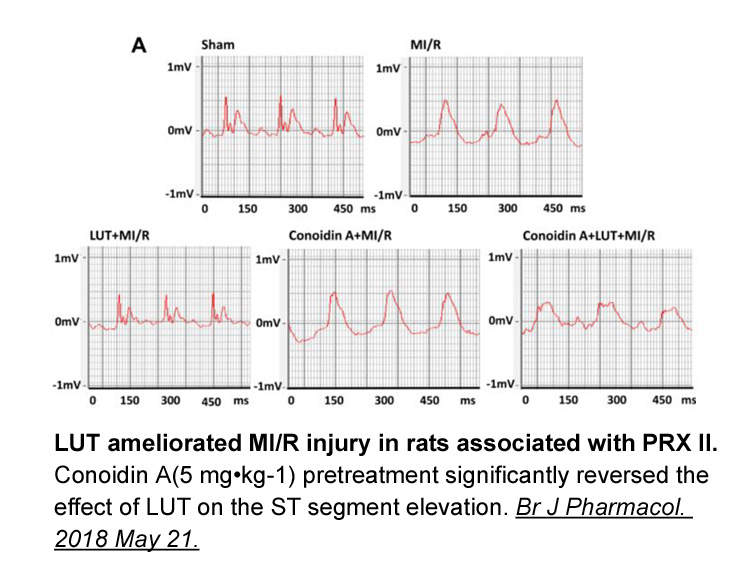
Transparency document Acknowledgments This study was funded by ICMR, Govt. of India. Alisha Dhiman acknowledges UGC-DSKPDF, India for post-doctoral fellowship and Monisha Gopalani acknowledges CSIR, India for Senior Research Fellowship. AIRF, JNU is acknowledged for TEM, confocal microscopy an
-
It is known that cigarette smoke increases the oxidative bur
2020-03-20
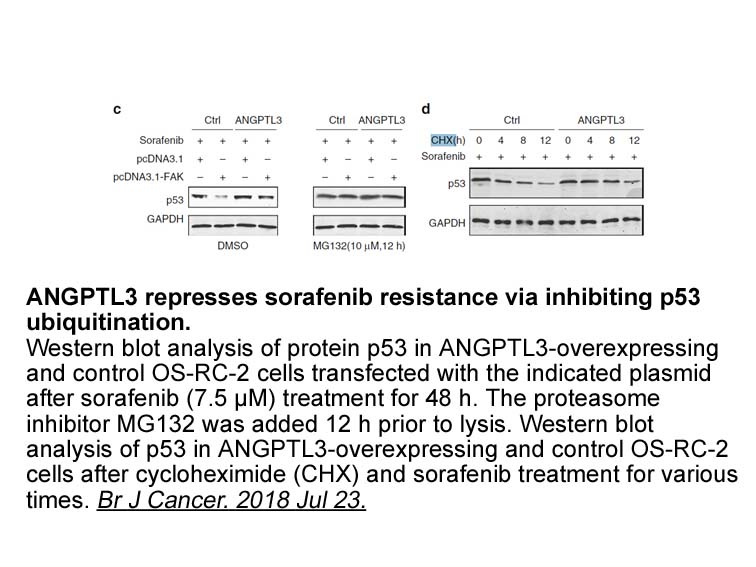
It is known that cigarette smoke increases the oxidative burden in the lungs of mice with emphysema, which leads to oxidative stress [[34], [35], [36]]. However, in addition to cigarette smoke, studies have shown that endogenous oxidative stress is associated with proteolytic STK393606 in several mo
-
ci-1033 It is believed that emphysema in smokers is
2020-03-20
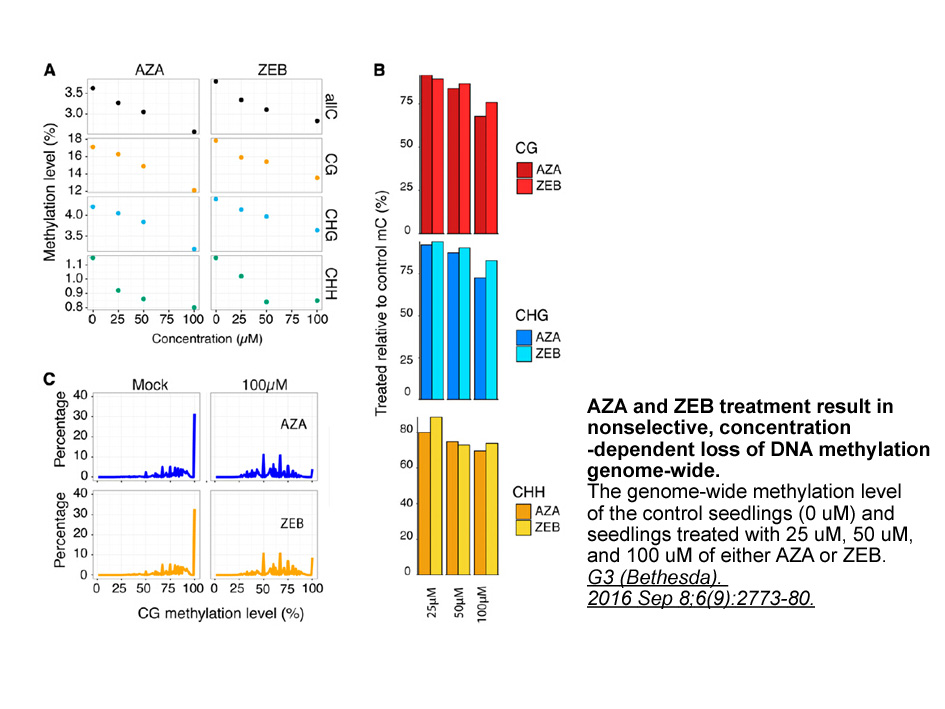
It is believed that emphysema in smokers is mediated by proteases released from inflammatory ci-1033 that cause destruction of the extracellular matrix in alveolar septa [1]. Metalloprotease-12 is mainly released by macrophages and is considered the enzyme responsible for emphysematous lesions in ex
-
CCG 50014 The fibrillogenesis process of collagen
2020-03-20
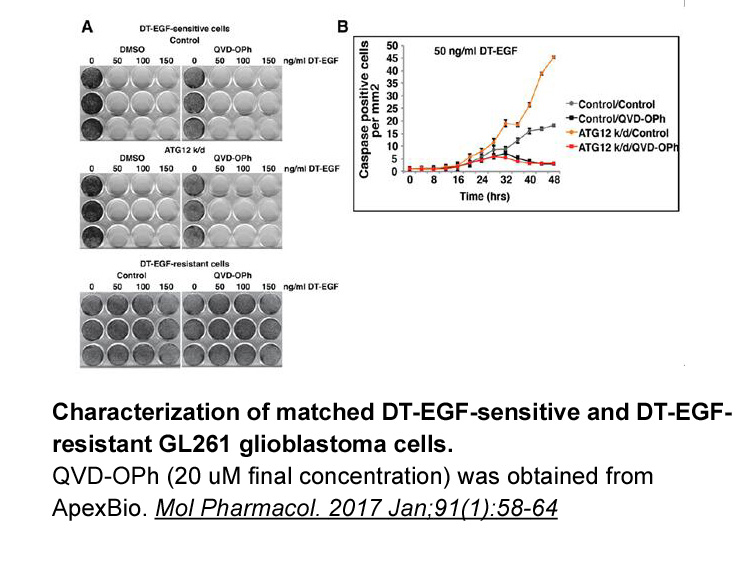
The fibrillogenesis process of collagen is understood to initiate in the extracellular space near the plasma membrane where secretory vesicles form regions of deep invagination. However, it is not clear how and when collagen-binding proteins interact with collagen molecules during fibrillogenesis or
-
Investigations of mice lacking up to three CDKs identified
2020-03-20
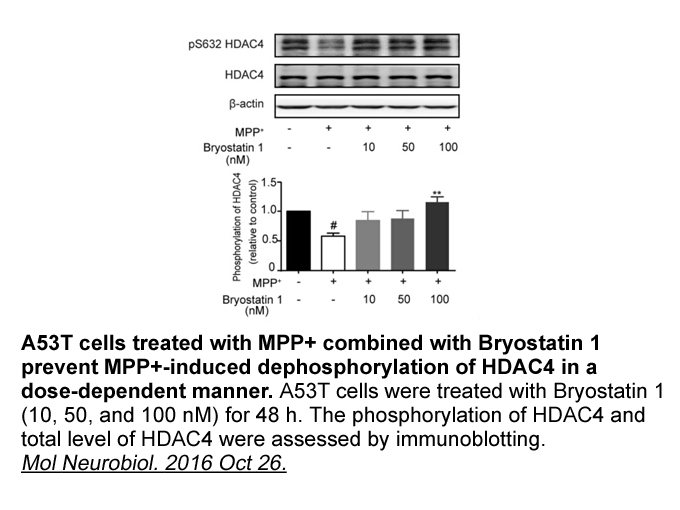
Investigations of mice lacking up to three CDKs identified the mitosis-regulating kinase CDK1 as the main essential component for the cell cycle, whereas ablation of other MK2 Inhibitor IV mg regulators such as CDK2, CDK4, or CDK6 did not result in defective proliferation 12, 13. Mouse models and s
-
The mechanism by which these HIV PIs
2020-03-20
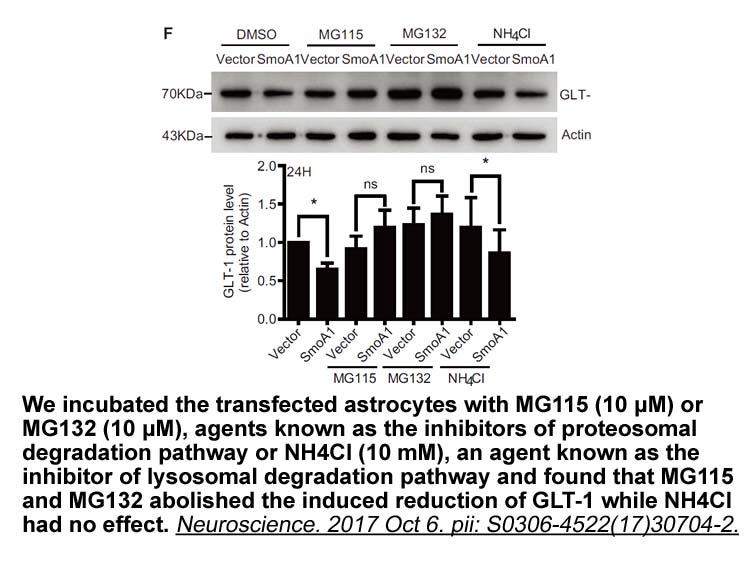
The mechanism by which these HIV-PIs impair skeletal muscle palmitate transport and oxidation has been partially elucidated. CD36 (also referred to as fatty CEP-37440 translocase; FAT) is a transmembrane protein involved in the transport of long-chain fatty acids (LCFA) across cellular membranes. I
-
The proliferation of CCA cell lines can be stimulated by
2020-03-20
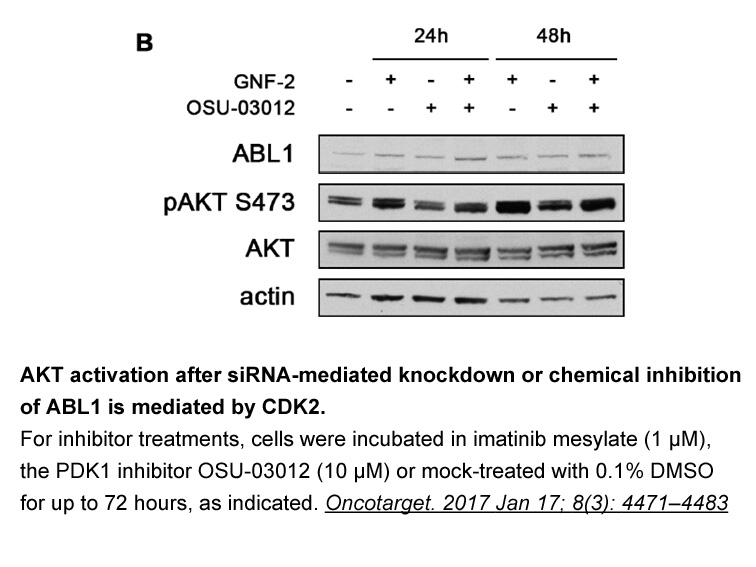
The proliferation of CCA cell lines can be stimulated by estrogen and other growth factors (Alvaro et al., 2006; DeMorrow, 2009; Mancino et al., 2009). It has also been reported that estrogen positively modulates cholangiocyte proliferation, which is associated with cholangiopathies found in humans
-
br Effects of estrogen on vascular
2020-03-20
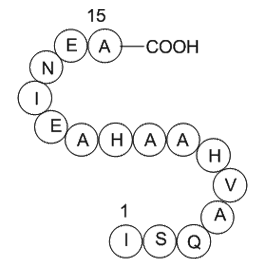
Effects of estrogen on vascular function Atherosclerosis is a chronic inflammatory condition of the vascular wall (Figure 1) that can be converted to an acute clinical event by the induction of plaque rupture or erosion, leading to thrombosis [58]. This perpetuating process is characterized by ph
-
br Introduction Acinetobacter baumannii is a
2020-03-18
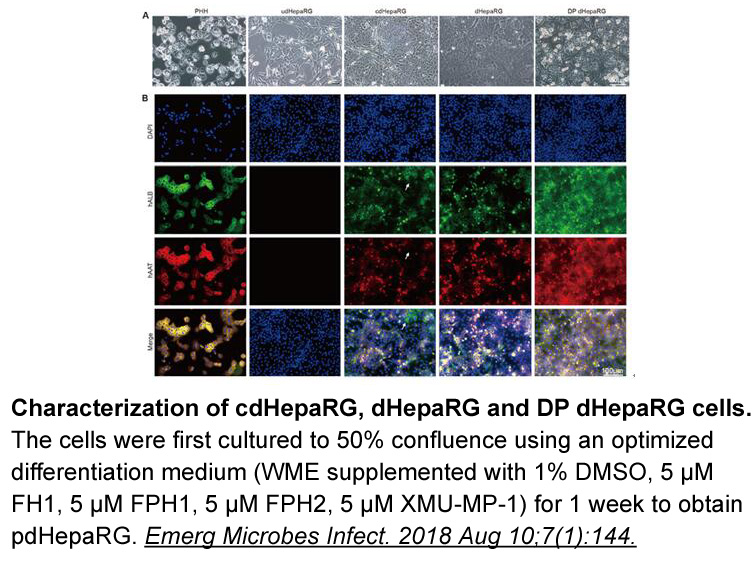
Introduction Acinetobacter baumannii is a gram-negative opportunistic pathogen that causes nosocomial infections including pneumonia and bloodstream infections which is associated with an increased mortality and multi-drug resistance [[1], [2], [3]]. A. baumannii was rated as one of the critical
-
br The role of TNFs and AD The TNF superfamily
2020-03-18

The role of TNFs and AD The TNF superfamily includes 19 members that can bind 29 different receptors [56, 57]; the 19 members are Lta, TNF-α, lymphotoxin-β (LTβ), OX40L, TNF associated activation protein (TRAP, also named CD40L or gp39), factor associated suicide ligand (FasL), CD70, CD153, 4-1BB
-
Resistance to avermectins has been associated with point mut
2020-03-18
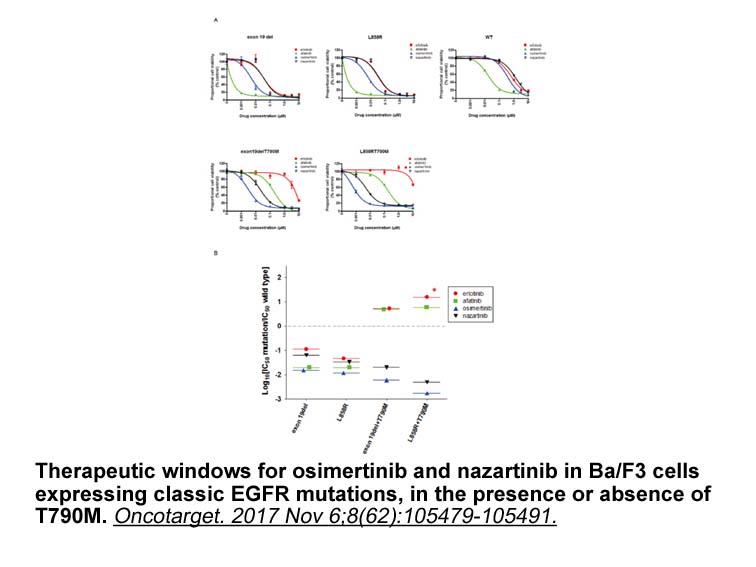
Resistance to avermectins has been associated with point mutations of GluCls in C. elegans, D. melanogaster, T. urticae and P. xylostella (Dent et al., 2000; Dermauw et al., 2012; Kane et al., 2000; Kwon et al., 2010; Wang et al., 2016a, 2017). Our electrophysiological study found a 8.2-fold reducti
16307 records 883/1088 page Previous Next First page 上5页 881882883884885 下5页 Last page